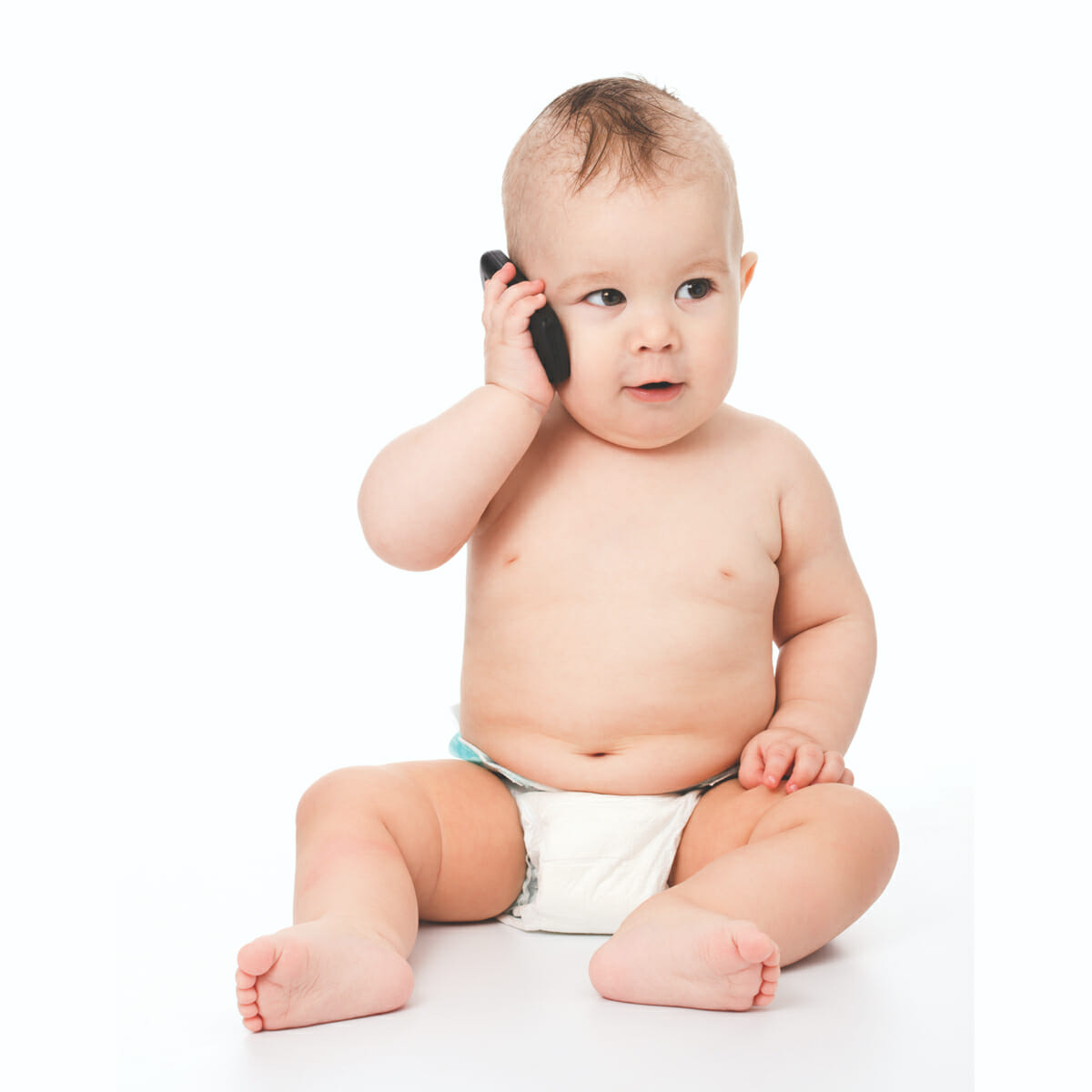Radiation risk poses danger to children
This holiday season, “Choose safe toys for your children, not wi-fi connected toys or smartphones,” is the message the Environmental Health Trust is sharing after recently winning a victory in the U.S. Court of Appeals of the District of Columbia Circuit. The court ordered the Federal Communications Commission to explain why it ignored scientific evidence showing harm from wireless radiation. Included in the evidence that the FCC ignored, are studies on the impact of wireless exposure to children.
Because children’s skulls are thinner and their brains and bodies contain more fluid, they will absorb more cell phone microwave radiation. The American Academy of Pediatrics has made recommendations that parents should limit cell phone use by children, keep the phone away from the head and instead of streaming wirelessly, pre-download games and videos so children can use the technology more safely in airplane mode.
Studies at National Institutes of Health National Toxicology Program found cell phone radiation led to cancers in the hearts and brains of male rats. DNA damage was also found. In 2021, a study by the Environmental Working Group published in Environmental Health, analyzed the NIH NTP study and concluded that U.S. safety limits needed to be 200 to 400 times stronger to protect children. A Yale Medicine study found that mice prenatally exposed to cell phone radiation had increased hyperactivity and impaired memory.
“Cell phones were never pre-market tested for long-term safety,” said Devra Davis, Ph.D., president of the Environmental Health Trust, a scientific think tank that promotes healthier environment through research, education and policy. “Safety limits for radiation were set 25 years ago, based on 35-year-old science and using a model of a large, adult male. Over a dozen countries inform parents to limit their children’s exposure because they are more vulnerable and will have a lifetime of exposure,” Davis explained. “Parents assume they’re buying devices and toys that have been deemed safe but no U.S. health agency has ever completed a systematic evaluation of the health risks of wireless radiation.”
While all cell phones have fine print warnings about keeping a distance between the phone and the body, the instructions are easy to miss. For instance, the Apple iPhone 13 should not be closer than 5 mm. The Amazon Echo has a distance of 20 cm, or about 8 inches. Laptops and many wi-fi toys advise keeping an “8-inch distance” from the body. When cellphones and wi-fi devices are held close to the body, the wireless radiation absorption can exceed U.S. safety limits that were set for adults more than two decades ago.
Here are EHT’s recommendations for parents this holiday season to keep kids safe:
Gift toys, dolls and games without cellular and wireless connection.
Hold off on getting your child a smartphone.
Choose a regular watch— wi-fi free instead of a smartwatch.
Ensure cameras have a setting to turn the wi-fi antenna off.
Teach children to set devices onto airplane mode so wireless antenna are OFF.
Avoid drones as gifts.
Set up laptops, tablets and computers on a desk and do not let the child use them on his/her lap.
Connect devices with ethernet rather than wi-fi.
Because smartphones, smart toys and other smart home devices have become ubiquitous in our daily lives, we rarely think about how this technology works. But it’s not holiday magic—it’s wireless microwave radiation. All wireless devices from smartphones to wi-fi and connected dolls and stuffed animals, are two-way microwave radios that send and receive a type of non-ionizing electromagnetic radiation called radio frequency or RF radiation or microwaves.
Many physicians are cautioning about how this daily exposure will affect children’s health in the long term. Before buying your child a wi-fi toy or a cell phone this holiday, be sure to learn the facts. EHT has resources for parents on how to reduce exposure at home.
Sources:
Environmental Health Trust
Founded in 2007, Environmental Health Trust, a 501(c)3 nonprofit, is a think tank that promotes a healthier environment through research, education and policy. EHT conducts cutting edge research on environmental health hazards and works with communities, health, education professionals and policymakers to understand and mitigate these hazards. Currently, EHT works with scientists, policymakers, teachers, parents and students to promote awareness on how to practice safe technology. EHT was created to promote health and preventing disease one person, one community and one nation at a time. For more information on Environmental Health Trust, visit www.ehtrust.org.
Devra Lee Davis, Ph.D. MPH
Founder and President of Environmental Health Trust, also was the founding director of the Board on Environmental Studies and Toxicology of the U.S. National Research Council, National Academy of Sciences. Among the NAS reports she directed were those advising that tobacco smoke be removed from airplanes and the environments of young children.
Exclusive content from CARE magazine







